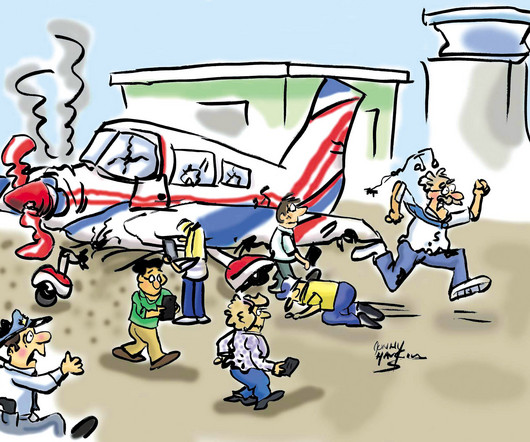Today in Aviation History: First Flight of the Bell X-14
Vintage Aviation News
FEBRUARY 19, 2025
It was also the first VTOL aircraft to use a jet thrust diverter system for vertical lift. The aircraft began its descent from an altitude of 1,000 feet to land on a predetermined spot at NASA Ames Research Center, December 7, 1962.














Let's personalize your content